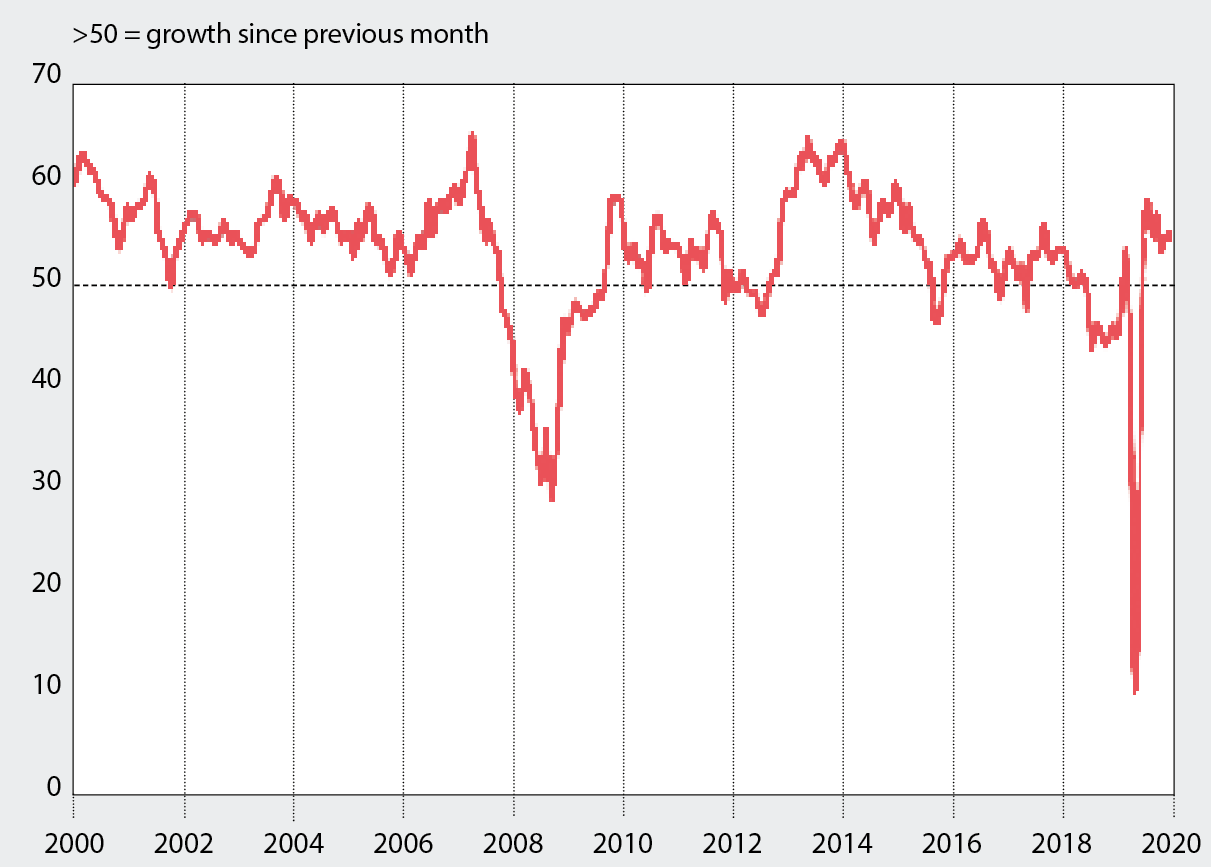
Despite concerns about ‘mutant covid’, the construction pipeline offers reasons for cautious optimism, writes Kris Hudson
The construction industry ended 2020 on a relatively strong footing, with output expanding for the seventh successive month in December according to the IHS Markit/CIPS UK Construction Total Activity Index. Confidence in a vaccine – and the sense of a route out of the crisis – has spurred on investment in projects that were delayed or mothballed by the onset of the pandemic.
However, the new covid-19 variant and announcement of another national lockdown at the start of January may well put the brakes on an already cautious recovery. Experian forecasts construction output to remain below pre-pandemic levels in 2021, with overall output levels only fully recovering in 2022 – and housebuilding activity predicted to remain below 2019 levels until 2023.
But amid the concern around this new strain of the virus and prospects for the coming months, there are also some bright spots on the horizon. Glenigan has forecasted that construction project starts are set to increase by 17% in 2021, with infrastructure expected to be buoyant.
IHS Markit/CIPS UK Construction Total Activity Index

The government’s National Infrastructure and Construction Pipeline also estimates that projects with a combined contract value of £37.4bn will be brought to the market in 2021.
Transport, social infrastructure, defence and utilities are anticipated to be the big beneficiaries of this investment, with estimated maximum contract values of £20.7bn, £5.3bn, £5bn and £4.7bn respectively. This expenditure is expected to unlock ‘shovel ready’ schemes and to deliver broader benefits to communities in tackling social inequalities. Better road and rail links across the regions will also help improve productivity and connectivity, enhancing the multiplier effect infrastructure spend has on the UK economy.
Pipeline by sector

Notwithstanding the positive role construction will play in the macroeconomic recovery, the risks associated with the new trading regime with the EU should not be downplayed. As soon as possible, contractors would do well to apply robust risk management and scenario planning to decide how they engage, collaborate with and sustain their supply chains into 2021 and beyond.
Kris Hudson is an economist and associate director at Turner & Townsend











